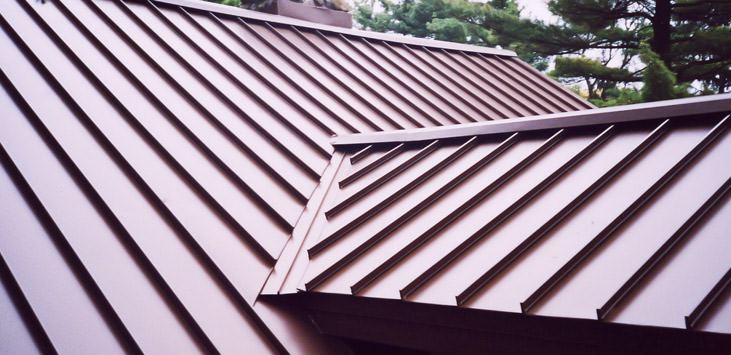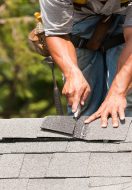Standing seam metal roofing has become increasingly popular in San Antonio, thanks to its durability, energy efficiency, and low maintenance requirements. This long-lasting roofing solution is perfect for the region's climate, providing protection against extreme weather conditions and reducing energy costs. In this blog, we will walk you through the step-by-step process of installing a standing seam metal roof in San Antonio, ensuring that you're well-informed and prepared for this crucial home improvement project.
Step 1: Assessing Your Roof and Preparing the Site
Before you begin the installation process, it's essential to assess your existing roof and ensure that your home is structurally sound to support the new metal roof. Consult with a professional roofing contractor to determine if any repairs or reinforcements are necessary.
Next, prepare the site by removing any debris or obstacles that might interfere with the installation process. Ensure that you have all the necessary tools, equipment, and materials on hand, including a reliable ladder, safety gear, and the metal roofing panels themselves.
Step 2: Installing the Underlayment
The underlayment is a critical component of your standing seam metal roof, as it provides an extra layer of protection against water infiltration, condensation, and heat transfer. Start by removing any existing roofing material and inspecting the roof deck for damage. If needed, repair or replace any damaged sections before proceeding.
Install a synthetic or felt underlayment, starting at the eave and working your way up to the ridge. Make sure to overlap each layer by at least 4 inches to create a watertight seal. Secure the underlayment with roofing nails or staples, maintaining a consistent pattern and spacing.
Step 3: Installing Drip Edges and Flashing
Drip edges and flashing are essential components that direct water away from your roof, preventing leaks and damage. Install drip edges along the eaves, securing them with roofing nails every 12 inches. Apply a sealant along the seam where the drip edge meets the underlayment for added protection.
Next, install metal flashing at critical areas, such as valleys, vents, and chimneys, to ensure proper water runoff. Make sure to use a compatible metal material to avoid galvanic corrosion.
Step 4: Installing the Metal Roofing Panels
Standing seam metal roofing panels come in various styles and lengths, so ensure that you've selected the appropriate size for your home. Begin the installation process at one corner of your roof, aligning the first panel with the eave and rake edges. Secure the panel to the roof deck with clips and fasteners, following the manufacturer's recommendations for spacing and placement.
Install the next panel by overlapping the seam of the previous panel and engaging the standing seam. Continue this process along the roof, making sure to keep the panels aligned and properly engaged. When you reach the end of a row, trim the final panel to fit, and then proceed to the next row. Repeat this process until your entire roof is covered with standing seam metal panels.
Step 5: Installing Ridge Caps and Final Touches
To complete your standing seam metal roof installation, you'll need to install ridge caps at the peak of your roof. These caps not only provide a finished appearance but also prevent water and debris from entering the seam where the panels meet. Cut and bend ridge cap pieces to fit the contour of your roof, and then secure them in place with appropriate fasteners.
Lastly, inspect your newly installed standing seam metal roof to ensure that all components are properly secured, and the seams are correctly engaged. If necessary, apply a sealant to any areas that may be prone to leaks, such as seams or fastener penetrations.
Installing a standing seam
metal roof in San Antonio can be a rewarding home improvement project that provides long-lasting protection and numerous benefits for your property. By following the step-by-step process outlined in this blog, you can ensure a successful installation that will stand the test of time.
However, keep in mind that installing a metal roof can be a complex and potentially dangerous task, especially for inexperienced homeowners. It's essential to prioritize safety and adhere to local building codes during the installation process. If you're unsure about your ability to install a standing seam metal roof, consider hiring a professional roofing contractor in San Antonio. Their expertise and experience will guarantee a high-quality installation, giving you peace of mind and a beautiful, durable roof that will last for years to come.If you need metal roof installation service, please call (713) 504 2341




